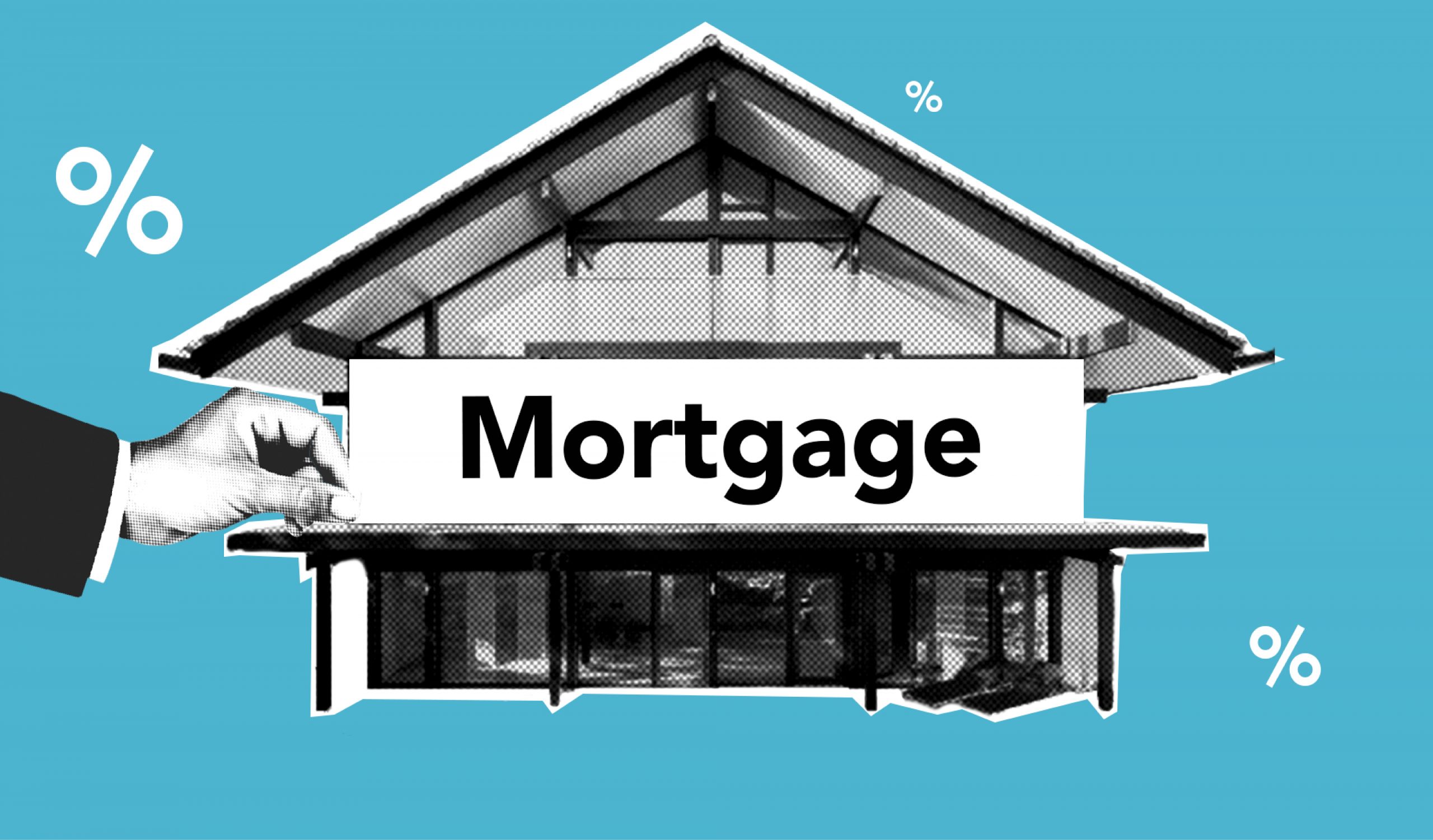Mortgage Relief: 30-Year Rates Hit Lowest Point Since December After Six-Week Decline
Mortgage Rates Continue Downward Trend as Spring Homebuying Season Awakens
The U.S. housing market is showing signs of increased accessibility as 30-year fixed mortgage rates have declined for the sixth consecutive week, according to the latest data from Freddie Mac. The benchmark rate dropped to 6.76% from last week's 6.85%, landing at its lowest point since December 19, when it also registered at 6.72%.
This consistent downward trend arrives at a pivotal moment, coinciding with the start of the spring homebuying season – traditionally the busiest period for residential real estate transactions. The current rate shows significant improvement compared to the same period last year when borrowers faced rates averaging 6.94%.
"The drop in mortgage rates, combined with modestly improving inventory, is an encouraging sign for consumers in the market to buy a home," noted Sam Khater, Freddie Mac's chief economist, highlighting the dual positive factors emerging in the market.
The 15-year fixed-rate mortgage has similarly benefited from the declining trend, falling to 5.94% from 6.04% last week. This represents a notable improvement from last year's average of 6.26% for the same period, offering potential refinancing opportunities for existing homeowners looking to reduce their monthly payments.
The Affordability Equation: Why Lower Rates Haven't Sparked a Housing Boom
Despite the encouraging six-week decline in mortgage rates, the housing market remains in a challenging position for many prospective buyers. The fundamental affordability equation continues to present significant obstacles, particularly for first-time homebuyers who lack equity from an existing property to leverage for a new purchase.
January's data revealed a decline in existing home sales, as the combination of elevated prices and mortgage rates – even at their improved levels – effectively sidelined many potential buyers. While current rates represent a substantial improvement from their recent peak, they remain more than double the record low of 2.65% established in early 2021.
The historical context is important for understanding today's market dynamics. The ultra-low rates experienced during the pandemic created unprecedented buying power for consumers, fueling a housing frenzy that drove prices to record highs nationwide. Even with the recent rate improvements, today's buyers face a fundamentally different market landscape.
"We're seeing buyer interest increasing as rates decline, but the affordability threshold remains significantly higher than during the pandemic boom," explains housing market analyst Jessica Parker. "For many buyers, particularly in high-cost markets, the math simply doesn't work yet, despite the positive rate trend."
Inventory Improvements Provide Glimmer of Hope
One bright spot in the current housing landscape is the gradual improvement in available inventory. According to data from Redfin, the supply of homes on the market climbed to its highest level since June 2020 last month, providing buyers with more options than they've had in nearly four years.
This inventory expansion represents a critical shift in market dynamics. During the pandemic and immediate post-pandemic period, historically low inventory levels created intense competition among buyers, driving prices higher and forcing many to make compromises on home features or locations.
The current inventory expansion, while modest, suggests the potential for a more balanced market if combined with continued rate improvements. More sellers appear willing to list their properties as market conditions stabilize, gradually addressing one of the fundamental supply-demand imbalances that has characterized the housing market since 2020.
The Influence of Federal Policy and Economic Factors
Mortgage rate movements are influenced by a complex interplay of factors, with the Federal Reserve's monetary policy decisions playing a central role. The recent decline in mortgage rates mirrors a similar pullback in the 10-year Treasury yield, which serves as a benchmark for lenders when pricing home loans.
The 10-year Treasury yield, which reached 4.79% in mid-January, has been gradually declining, reflecting investor concerns about potential economic impacts from proposed tariffs and other policies from the incoming Trump administration. This connection between broader economic policy expectations and housing affordability highlights the interconnected nature of fiscal policy and real estate markets.
"Bond investors are pricing in uncertainty about future economic conditions," notes financial analyst Michael Chen. "This cautious approach has inadvertently benefited mortgage borrowers as lenders adjust their rates downward in response to falling yields."
While the Federal Reserve doesn't directly set mortgage rates, its decisions regarding the federal funds rate and communications about future monetary policy significantly influence the broader interest rate environment. Recent signals from Fed officials suggesting a potential shift toward rate cuts later in the year have contributed to the improving mortgage rate landscape.
Insights: What Today's Mortgage Environment Means for Buyers and Sellers
Is now a good time to buy a home with rates at 6.76%?
The answer depends on your personal financial situation and long-term housing plans. While rates are significantly improved from their recent peak above 7%, they remain elevated by historical standards. If you find a home that meets your needs at a price you can afford, today's rates may represent an opportunity, especially if you plan to stay in the home long-term and potentially refinance if rates decline further.
Why haven't lower mortgage rates created more housing market activity?
The relationship between mortgage rates and housing activity isn't straightforward. While lower rates improve affordability, home prices remain at historically high levels in many markets. Additionally, many potential sellers are reluctant to give up their existing low-rate mortgages (often below 4%) to purchase another home at today's higher rates – a phenomenon known as the "rate lock-in effect."
Will mortgage rates continue to decline throughout 2024?
While predicting rate movements with certainty is impossible, several factors suggest the potential for continued moderation. If inflation continues to cool and economic growth remains stable, the Federal Reserve may implement rate cuts later this year, which would likely influence mortgage rates favorably. However, unexpected economic developments could reverse this trend.
What strategies can first-time homebuyers use in today's market?
First-time buyers face particular challenges but can explore several options, including FHA loans with lower down payment requirements, state and local homebuyer assistance programs, and considering homes in emerging neighborhoods with growth potential. Additionally, improving credit scores and reducing existing debt can help maximize purchasing power even in a challenging rate environment.
How significant is the recent inventory improvement for the housing market?
The increase in available homes represents an important shift toward a more balanced market. However, inventory remains below pre-pandemic levels in most regions. The current improvement provides more options for active buyers but hasn't yet created the kind of buyer's market that would lead to significant price concessions from sellers in most areas.
The six-week decline in mortgage rates offers a promising development for the spring homebuying season, but the full impact on market activity remains to be seen. With affordability challenges persisting despite the rate improvements, the coming months will reveal whether this trend, combined with inventory expansion, can meaningfully revitalize housing market momentum in 2024.













